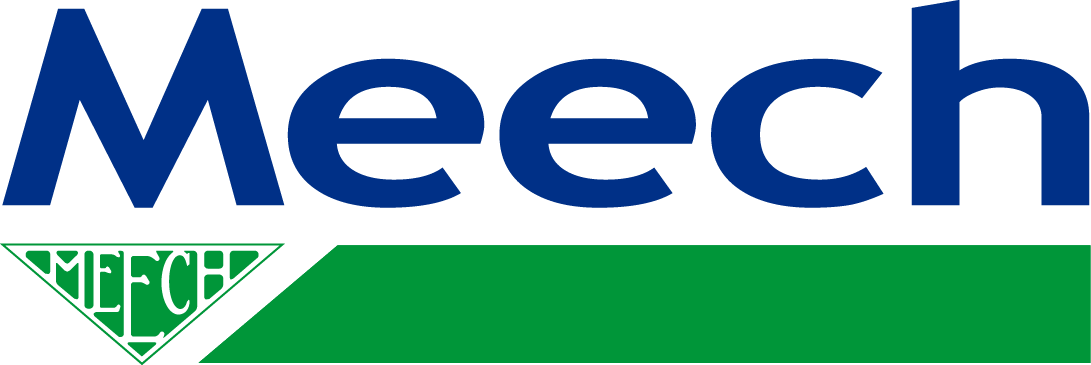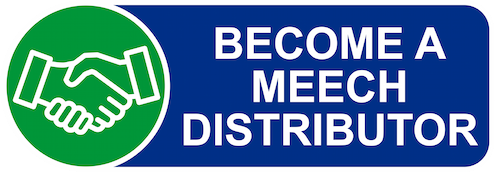In Mould Labelling (IML) is a method to apply graphics to plastic products without the need for secondary printing or labelling processes, most commonly found on injection moulded items. A decorative label, of similar material to finished product, is inserted to the mould tool. Molten plastic is then injected behind the label and bonds to it. The finished product has a very high-quality look and seamless feel needing no further decoration.
Static pinning in IML is a technology that uses static electricity to statically pin labels in place during the injection moulding process. This enables precise label positioning, improving product quality compared to vacuum systems. Please refer to the IML application section on the website for tailored application examples.
Static pinning technology provides secure label placement during moulding. Correct mandrel design – will reduce misalignment and enhance production efficiency. Static pinning is a very flexible system requiring no modification to the mould tool. Different label sizes and positioning will require mandrels to suit the mould tooling.
The 994 Hydra is a miniaturised pinning system with high pinning strength in a small compact footprint. Multiple pinning heads can be connected to a single generator, making it perfect for multi-cavity mould tools which are required in high-volume production environments.
Yes, our 994 Static Generators are compatible with remote PLC (Programmable Logic Controller) systems, alternatively the Remote set-point controller (RSC) can allow adjustment of the output voltage, enabling seamless integration with automated production lines.
Maintenance includes inspecting the pinning heads, and cleaning appropriately when required. This minimises downtime and maintains high productivity.
Yes, our systems are designed to provide reliable static control for high-speed in-mould labelling operations, making them ideal for industries requiring fast and accurate label placement. With a focus on reliability and consistency.
Selecting the right system depends on the mould design, number of cavities, and production speed. Our experts can recommend a customised solution based on your specific IML requirements.
For more guidance, please contact your local Meech distributor or contact Meech directly.
Our multi-point systems, like the 994 Hydra, can have up to 6 pinning heads per hydra. Multiple hydras can be connected to a single generator via splitters to suit even the largest IML application.
The tool will require no modification; however, the mandrel will need to be designed to suit the Meech Hydra Pinning System. For more guidance, please contact your local Meech distributor or contact Meech directly.
While both In-Mould Labelling (IML) and In-Mould Decoration (IMD) involve merging elements into moulded products, they are slightly different. IML is focused on combining labels within the mould which add informative text and or branding, whilst IMD incorporates decorative designs directly into the mould centred around improving aesthetics of the product.
The number of Hydra pins required for your IML or IMD system will depend on the size and shape of the product, as well as the orientation and placement of the label or decoration. To ensure an effective and consistent moulding process, proper pin placement and quantity must be achieved, please contact your local Meech distributor or contact Meech directly for more assistance on the application.
As standard the 994 Hydra IML Pinning System is supplied with 500mm of red silicone input cable, with a pinner cable length of 300mm. However, custom lengths are available upon request.
No, not all labels are suitable for the In-Mould Labelling process. IML requires specialised labels which are designed to withstand the heat and pressure of the Injection Moulding process. Metallised labels may require a pre-charging process not an in tool charging process. The labels must be compatible with the plastic material being moulded to comply with packaging recycling standards.

